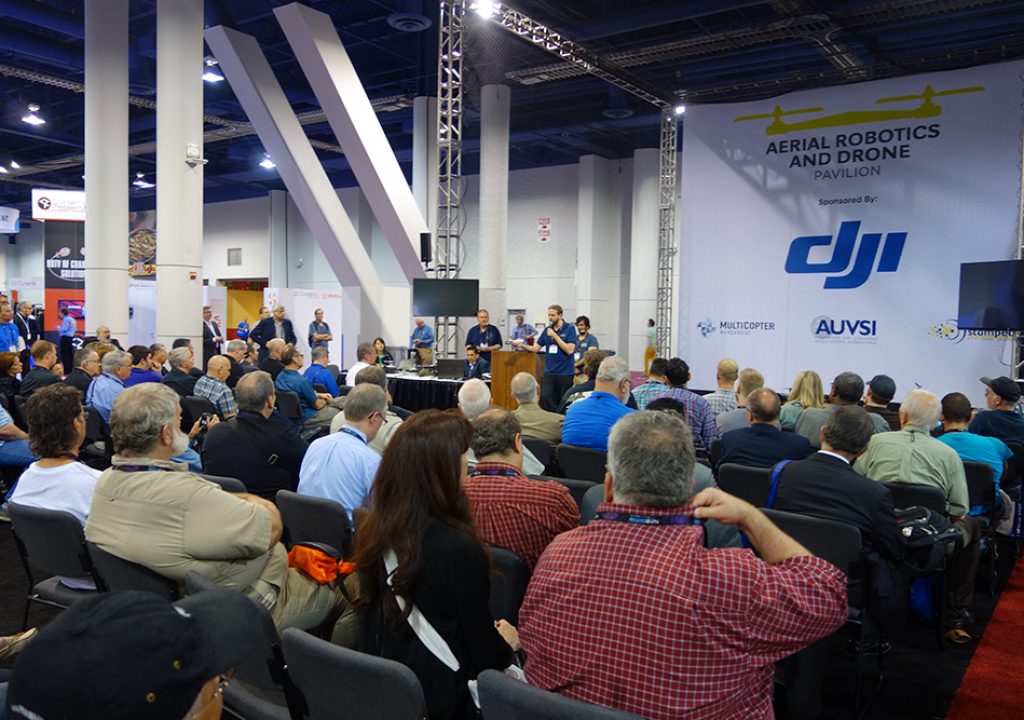Pro Video Coalition – Exploring 4 ways to reach a 4K Finish
The “Category” option for any entry must have something selected, and you can actually choose multiple categories if applicable. Select one via the dropdown, and choose others via the “Inceptive Multiple Categories for K2” tab.
Up on the top of the entry you also want to enter or create as many “tags” as are relevant. These determine what it pulled into the “Related” section at the bottom of the article, and are also used to pull content into aggregate pages.
There are two WYSIWYG’s on the submission form. The top one controls the preview of your article, so the one you want to focus on is the lower WYSIWYG.
In the “Styles” dropdown of the WYSIWYG there are numerous options for different headlines. Below you can see what each looks like, as well as a recommendation for each.
Heading 1 and Heading 2 are used for the title and subtitle of the article itself. We do not recommend using these inside articles.
Heading 3
Can be used for major headlines in an article. If you’re looking to utilize a single type of headline in your article, the recommendation is to use Heading 4.
Heading 4
Can be used for minor headlines in an article. If you’re looking to utilize a single type of headline in your article, the recommendation is to use Heading 4.
Heading 5
Is styled for use as a caption beneath a photo that spans the width of a column. Note the auto horizontal line that is included in this style.
Heading 6
Is styled to take the place of our old, “Text as Graphic” option. You can use this to call out a major point in an article.
We also have a button in the WYSIWYG for “Blockquotes” which is often what authors use for a disclaimer at the end of their articles, but can also be used to call out a specific piece of info in an article.
This is important, which is why it is in blockquotes.
There are a number of different font options in the font family drop down, but leaving this as the default will render the text as Tahoma.The recommendation is to leave this text as default.
You can also manually select Tahoma if you need to change styles. Keep in mind that if you copy and paste text with styles embedded, the entry will use those embedded styles, and not the selection you make in the WYSIWYG. If you need to delete those styles, either edit the HTML in the source code or use the eraser icon that displays the “remove formatting” copy in the WYSIWYG.
For anyone looking for the computer font, please select “Terminal”, which will give you text that looks like this…
An example of computer looking font.
There are options for ordered lists as well as unordered lists in the WYSIWYG. They even have a selection of styles, but the recommendation is to simply use the default. Here is what ordered lists will look like…
- Item 1
- Item 2
- Item 3
And here is what unordered lists will look like…
- Item 1
- Item 2
- Item 3
Font size is another option in the WYSIWYG, but that’s probably something very few people will need to utilize, unless you need copy to appear smaller or, if the situation happens to call for it, much larger. Most of that feels a bit gimicky for PVC though, and isn’t something recommended. It’s recommended that you leave leave the “Font Size” dropdown at the default setting.
There are also specific buttons in the WYSIWYG for superscript text as well as subscript text.
If you need a simple horizontal row divider, there is a WYSIWYG button for that which will give you a divider like the one below.
A button to include tables is also in the WYSIWYG, and selecting that will bring up a window with a few options, a couple of which include how many rows and columns you want. If you don’t choose the width or height the a very small table will be dropped into WYSIWYG, but you can manually increase both settings.
Once you create a table, you’ll see a number of the options in the WYSIWYG come alive, and you can use those to adjust your table as well.
| Item 1 | Item 2 | Item 3 | Item 4 |
| Item 5 | Item 6 | Item 7 | Item 8 |
| Item 9 | Item 10 | Item 11 | Item 12 |
| Item 13 | Item 14 | Item 15 | Item 16 |
| Item 17 | Item 18 | Item 19 | Item 20 |

